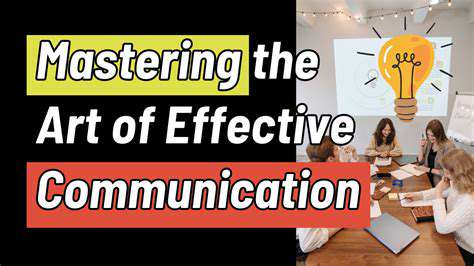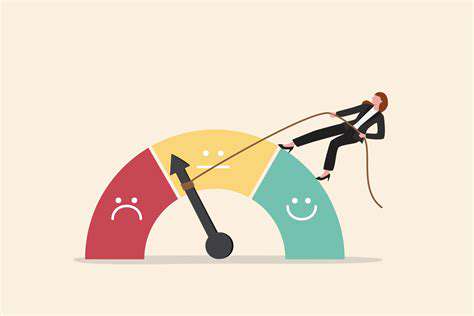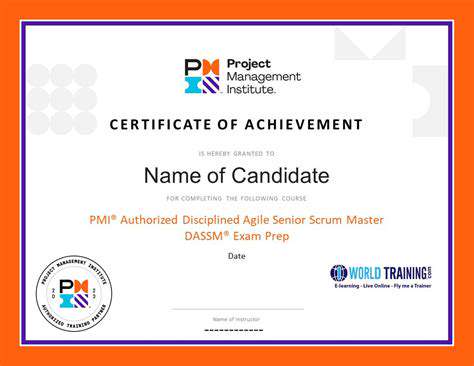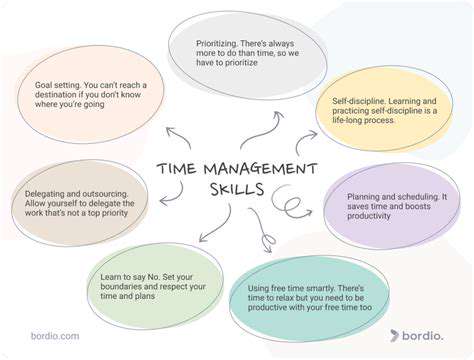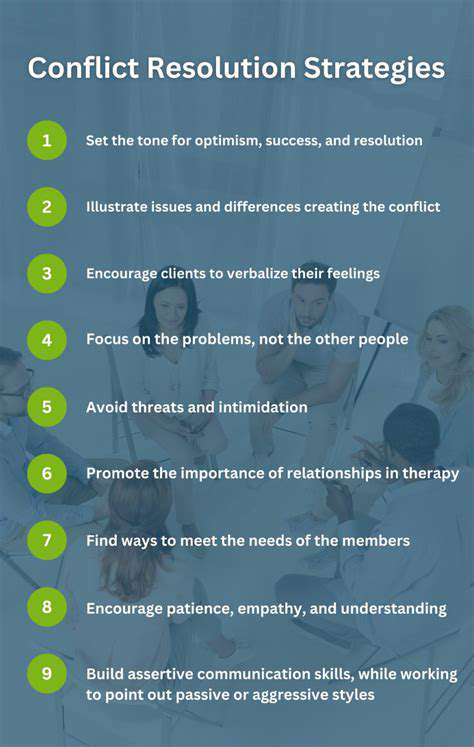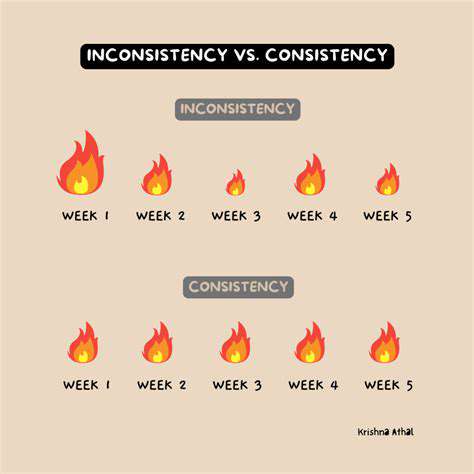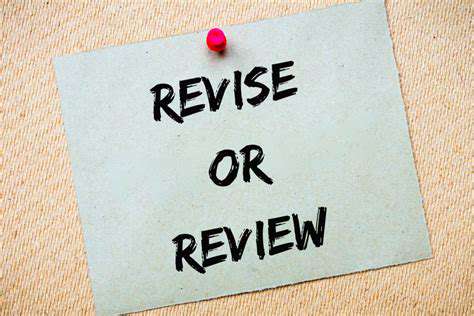How to Be a More Productive Employee
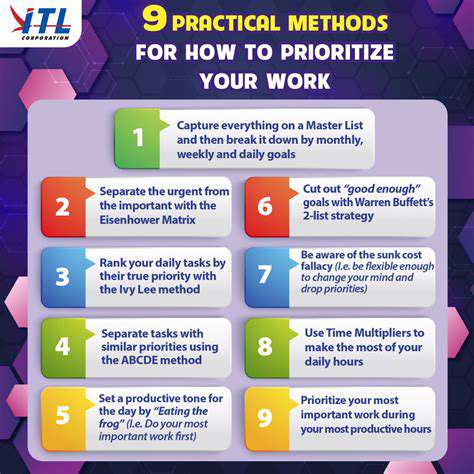
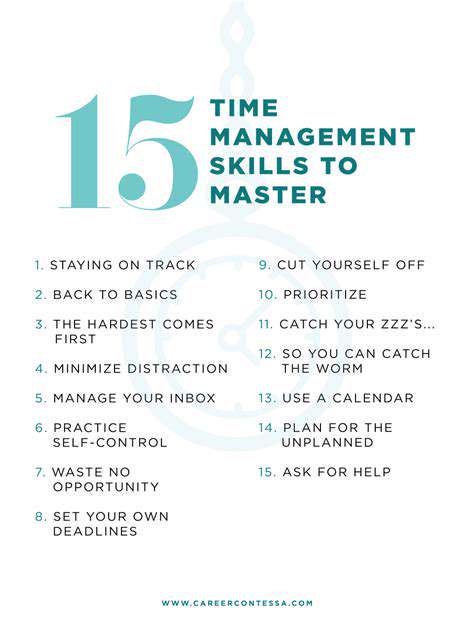
Cultivate Focus and Concentration

Harnessing the Power of Mindfulness
Developing laser-sharp focus isn't about chasing perfection - it's about building daily habits that train your brain like an athlete trains their body. Simple breathing exercises, where you notice each inhale and exhale, create mental space between you and distracting thoughts. This space becomes your secret weapon for staying present with important work. Surprisingly, just five minutes of this practice each morning can rewire how your brain handles interruptions all day long.
Mindfulness works precisely because it's not about emptying your mind - that's impossible. Instead, it teaches you to spot when your attention drifts and gently guide it back, like training a puppy to walk on a leash. Each time you notice a distraction and return to your task, you're strengthening neural pathways that make focus easier next time. This mental muscle grows stronger with consistent, patient practice.
Strategies for Enhancing Focus
Your physical environment plays a huge role in mental clarity. Start by creating a focus zone - whether it's clearing your desk or using noise-canceling headphones. Establishing sacred work rituals, like always starting with your most challenging task at 9 AM, programs your brain for deep work. These cues tell your mind it's time to concentrate, just like how brushing your teeth signals bedtime.
The Pomodoro Technique works because it aligns with our natural attention spans. After 25 minutes of focused work, your brain needs a true break - not switching to social media, but standing up, stretching, or gazing out a window. Regular movement breaks aren't just good for your body; they oxygenate your brain, making it easier to dive back into complex tasks with fresh eyes.
Overcoming Distractions and Procrastination
Modern workplaces are minefields of distraction. The key isn't willpower - it's designing your environment so distractions require effort while focus comes naturally. Turn off notifications, keep your phone in another room, or use website blockers during critical work hours. These small barriers create just enough friction to keep you on track.
When procrastination strikes, it's often because a task feels too big or undefined. Try the two-minute rule - commit to working on something for just two minutes. Usually, starting is the hardest part, and once begun, you'll often continue. For complex projects, break them into salami slices - thin pieces you can tackle one at a time until the whole project is complete.
Optimize Your Workflow and Processes
Streamlining Daily Tasks
Productivity isn't about doing more - it's about doing what matters efficiently. Begin each week by identifying your big three priorities. Batch similar tasks together (like answering emails in two focused blocks daily) to minimize mental switching costs. Surprisingly, scheduling buffer time between tasks prevents the domino effect of one delayed item ruining your entire day.
Utilizing Time Management Techniques
Not all hours are created equal. Track your energy levels for a week to discover when you're naturally most alert. Guard these peak hours for your most demanding work - don't waste them on meetings or busywork. The Pomodoro Technique's real power comes from the mandatory breaks, which prevent decision fatigue and maintain consistent performance throughout the day.
Leveraging Technology for Efficiency
Choose tools that solve your specific pain points - don't collect apps just because they're popular. A well-organized digital workspace can save hours each week. Automate repetitive tasks like data entry or appointment scheduling, but beware of over-automating - sometimes human judgment is irreplaceable. Set up templates for frequent communications to maintain quality while saving time.
Improving Communication and Collaboration
Miscommunication is the silent killer of productivity. Establish team norms like no meeting Wednesdays or standardized project update formats. When collaborating digitally, over-communicate - what seems obvious to you might not be to others. End every meeting with clear action items and owners - this simple practice prevents countless follow-up emails.
Delegating Tasks Appropriately
Effective delegation starts with understanding your team's strengths. Match tasks to individuals' growth goals - what challenges them just enough without overwhelming. When delegating, provide context (why this matters) along with instructions - this builds ownership and better results. Schedule brief check-ins to course-correct before small issues become big problems.
Prioritizing and Breaking Down Tasks
The Eisenhower Matrix helps separate truly important tasks from merely urgent ones. For complex projects, try backward planning - start from the deadline and work backward to identify milestones. When overwhelmed, ask what's the next physical action? - often the path forward becomes clear when you focus on the very next step. Celebrate small wins along the way to maintain motivation during long projects.
Read more about How to Be a More Productive Employee
Hot Recommendations
- How to Stay Productive While Working Remotely
- Tips for Managing Conflict with Coworkers
- Entrance & Certification Exams (升学考试)
- How to Improve Your Storytelling Skills (Speaking)
- How to Find Profitable Side Hustles
- Tips for Preparing for the TOEFL iBT Home Edition
- Guide to Switching Careers from [Industry A] to [Industry B]
- How to Run an Effective Hybrid Meeting
- Tips for Marketing Your Side Hustle on Instagram
